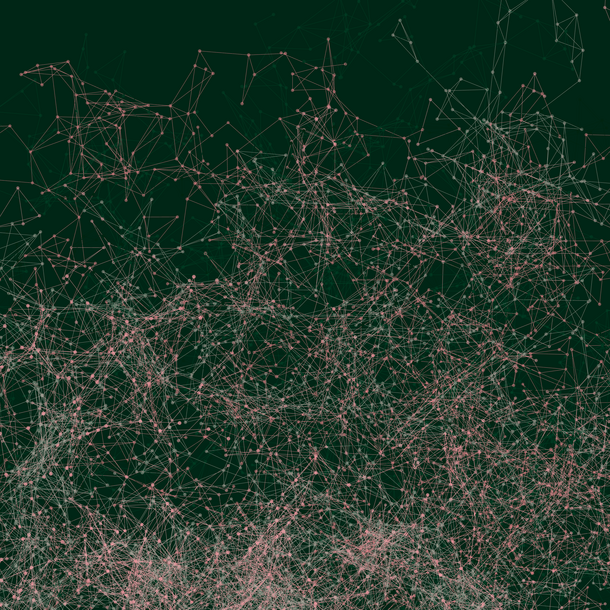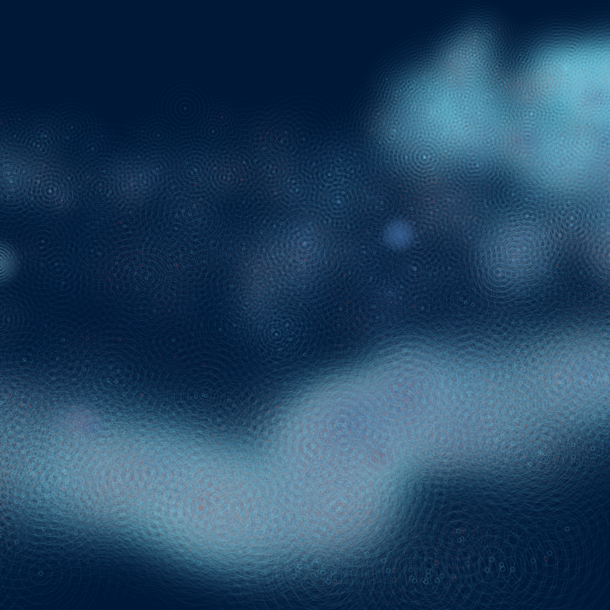Data and Process Mining to Understand Seafloor Plate Tectonics
Doctoral Researcher:
Tobias Ziolkowski, GEOMAR – Helmholtz Centre for Ocean Research Kiel, tziolkowski@geomar.de
Supervisors:
- Prof. Dr. Agnes Koschmider, Kiel University, Process Analytics, ak@informatik.uni-kiel.de
- Prof. Dr. Colin Devey, GEOMAR – Helmholtz Centre for Ocean Research Kiel, Dynamics of the Seafloor, cdevey@geomar.de
Location: Kiel
Disciplines: Data Science, Process Analytics, Machine Learning
Keywords: outlier quantification, unsupervised learning, supervised learning, process mining, classification
Motivation: Data analytics techniques like data mining, process mining and machine learning can give valuable insights into the data. They allow rules that describe specific patterns within the data to be identified or can reveal hidden knowledge. Based on the analysis results, informed decisions can be made.
The purpose of this PhD thesis is to apply data and process mining methods to ocean seafloor data to gain new valuable insights into the dynamics of the seafloor.
Aim: In this doctoral research project, process mining techniques are applied to detect/enhance existing processes at the seafloor and to classify objects of interest, initially using multibeam sonar data. The number of approaches to accurately recognize objects in seafloor sonar data is limited. While these techniques have been deeply studied for e.g., shallow water [Fonseca et al., 2009, Lamarche et al., 2011, Preston, 2009], they fail for deep sea. Seafloor classification tasks should satisfy the precondition that the area covered by several consecutive pings belongs to the same seafloor type [Fonseca and Calder, 2007]. This precondition is easily met in shallow water, but it is difficult to ensure in the deep sea because, due to the fan-shaped nature of the beam bundle, the width of seafloor insonified by one ping is proportional to depth and so consecutive pings cover a much larger area. This shows how challenging object recognition is in large data sources with certain properties like depth.
A possible solution is to design a framework for outlier quantification making the analysis results explainable. The benefit of outlier quantification is a more accurate estimation, which outliers should be removed or further analyzed.
Particularly, artificial Neural Networks, especially supervised machine learning (ML) methods, can be applied to provide an efficient solution.
Objectives:
(1) Develop a methodology to quantify outlier in multibeam sensor data
(2) Develop an algorithm to classify interesting objects on the seafloor
(3) Implement and test the algorithms on bathymetric data.
References
- Fonseca, L., Brown, C., Calder, B., Mayer, L., Rzhanov, Y., 2009. Angular range analysis of acoustic themes from Stanton Banks Ireland: a link between visual interpretation and multibeam echosounder angular signatures. Appl. Acoust. 70, 1298–1304.
- Lamarche, G., Lurton, X., Verdier, A., Augustin, J., 2011. Quantitative characterization of seafloor substrate and bedforms using advanced processing of multibeam backscatter. Application to Cook Strait, New Zealand. Cont. Shelf Res. 31, S93–S109.
- Preston, J.M., 2009. Automated acoustic seabed classification of multibeam images of
- Fonseca, L., Calder, B., 2007. Clustering acoustic backscatter in the angular response space. Proceedings of the US Hydrographic Conference. Norfolk, VA.








